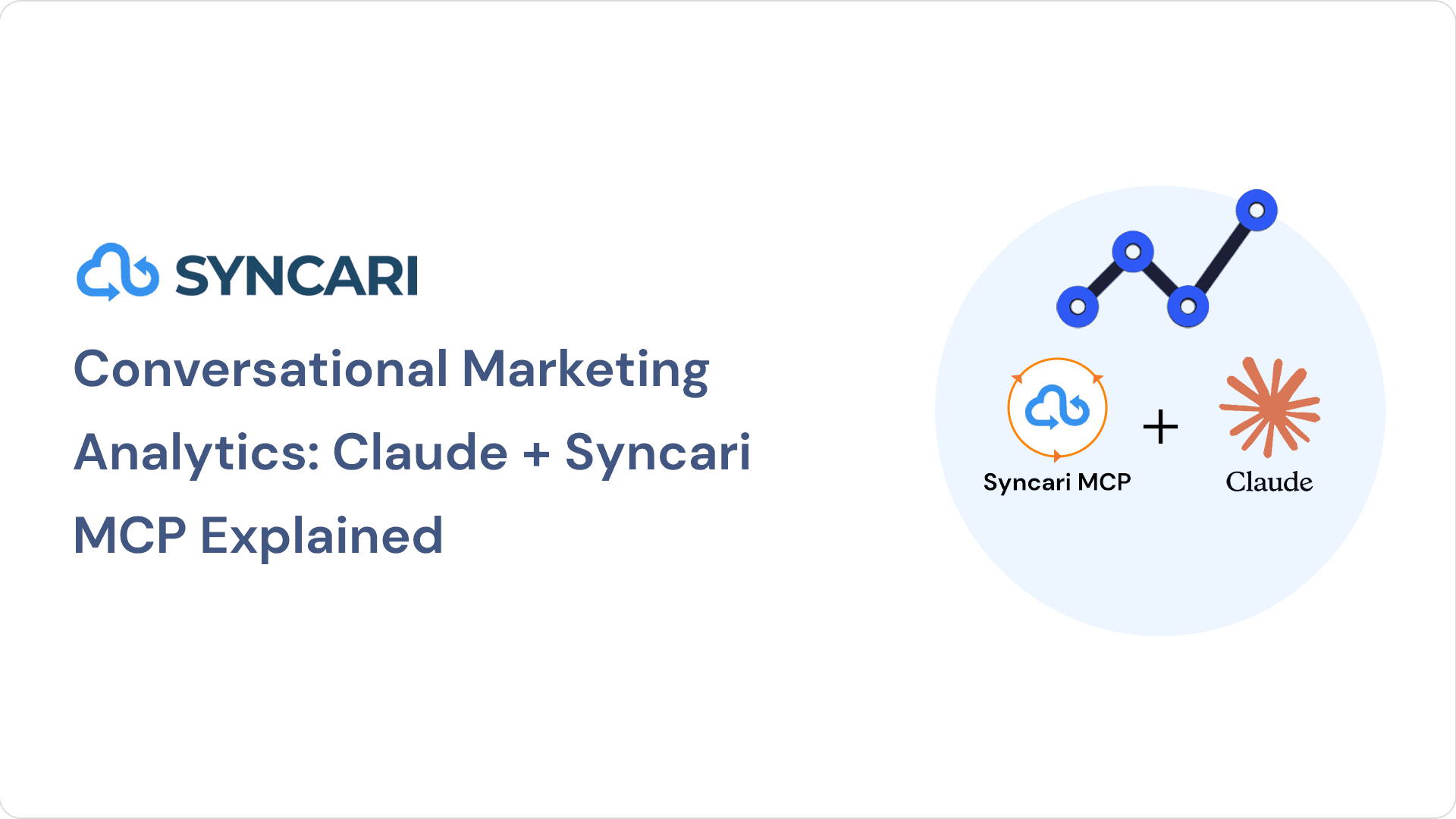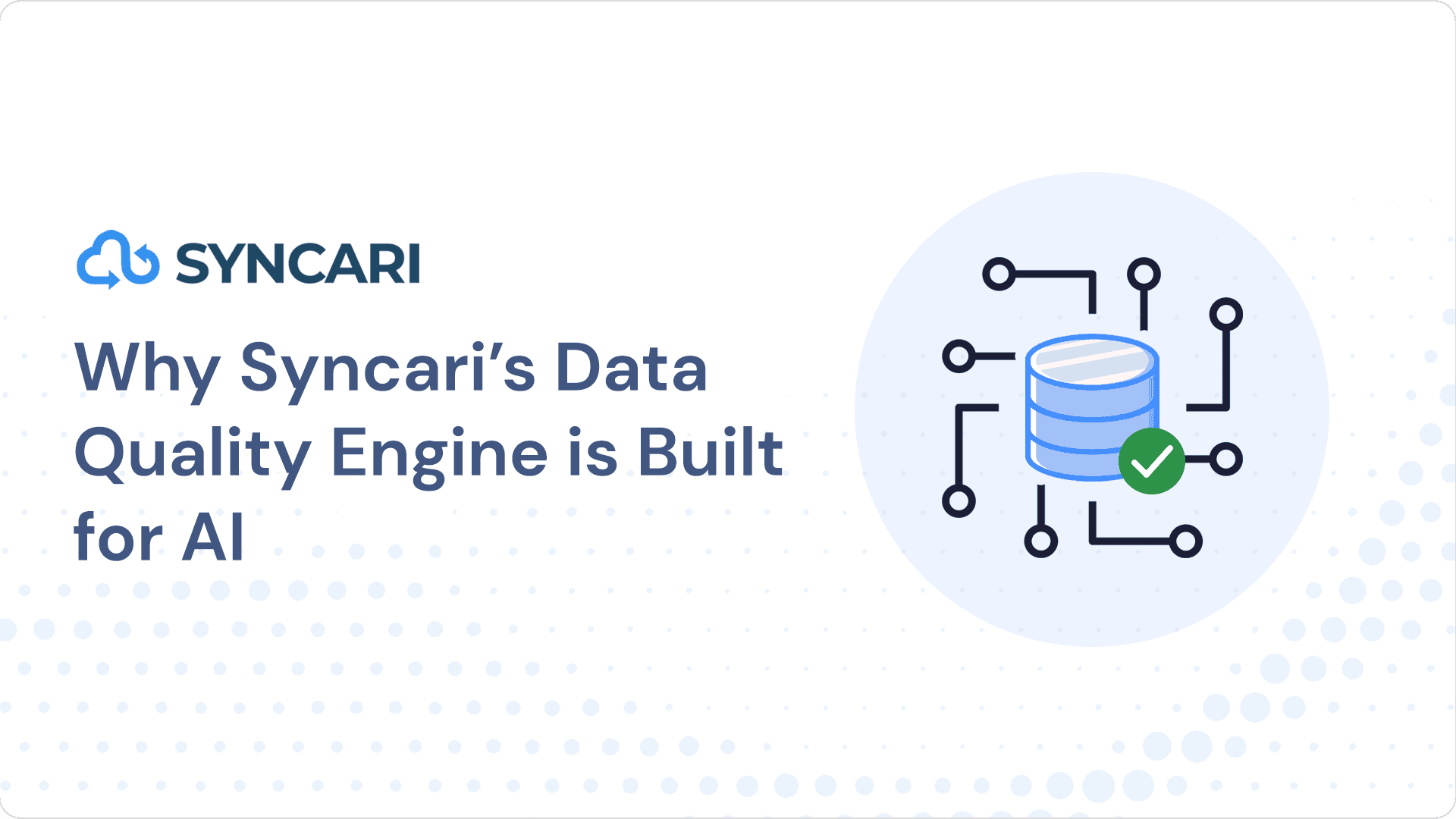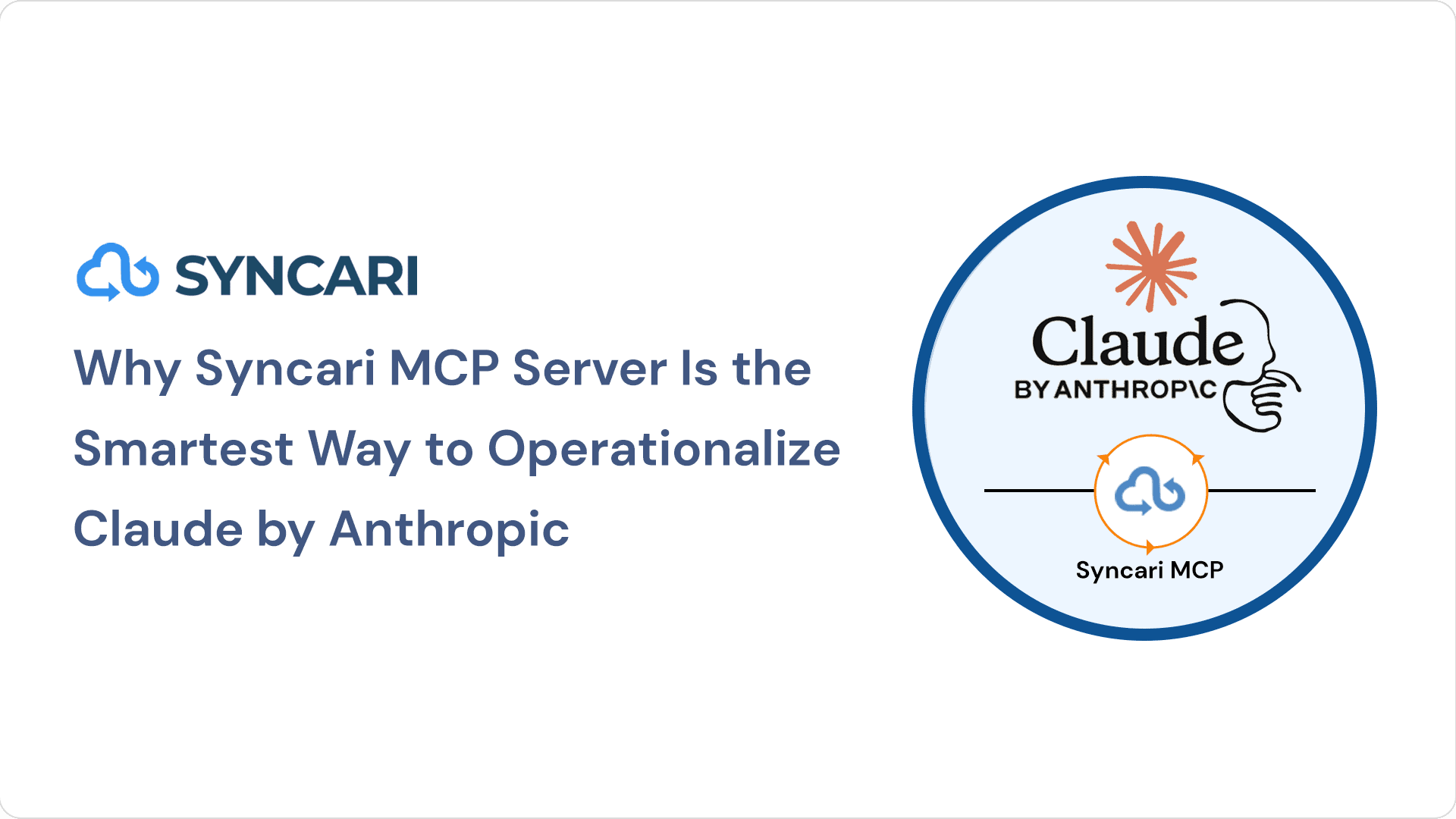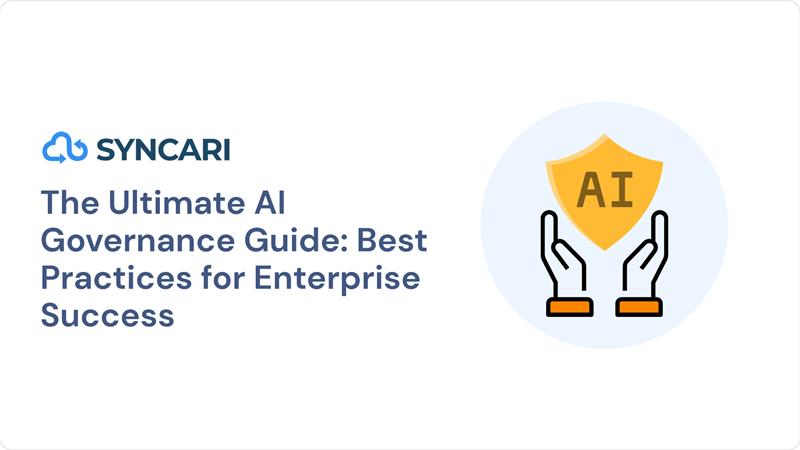Implementing robust Data Governance and Master Data Management (MDM) is paramount for business success. Data Governance, the management of data availability, usability, integrity, and security, acts as the backbone of a successful data strategy.
Meanwhile, MDM, the method of master data entities and linking all crucial data to a single point of reference data, ensures data consistency across the enterprise. Despite their importance in decision-making, operational efficiency, and regulatory compliance, organizations often grapple with when to establish these critical systems.
This post will guide you through identifying the right time for setting up Data Governance and MDM in your business, whether you’re a startup or a multinational corporation. Let’s explore the complex realm of efficient data management.
Understanding Data Governance
Data Governance is a key facet of any organization’s data management strategy. But what exactly does it entail? At its core, Data Governance refers to the comprehensive management of corporate data availability, usability, integrity, and security within an enterprise. Its primary goal is to ensure high data quality and reliability across the organization while also maintaining adherence to relevant laws and regulations.
An effective Data Governance framework comprises several key components:
- It includes the establishment of clear policies and procedures for data management, which dictate how data should be handled, stored, and used.
- It involves the various data governance roles and creation of data steward roles to oversee and enforce these policies.
- Data Governance necessitates the use of technology to automate and manage data management processes, ensure security, and maintain data quality.
Data Governance plays a pivotal role in enhancing decision-making and ensuring compliance with data policies within an organization. By ensuring data consistency and reliability, it enables business leaders to make informed decisions based on accurate, up-to-date information. Furthermore, a well-implemented data governance strategy ensures that an organization’s data practices are compliant with relevant laws and industry regulations, thereby mitigating the risk of legal complications and penalties.
In essence, Data Governance is not just about managing data. It’s about creating a culture of accountability and respect for sensitive data, throughout the organization. By ensuring that everyone understands the value of data and their role in preserving its integrity, organizations can make the most of their data assets and achieve their strategic objectives.
Delving into Master Data Management
MDM is a comprehensive method of linking all critical data of all the business functions and entities within an organization to one file, known as a master file, which provides a common point of reference. The goal of MDM is to improve data consistency and quality by creating a unified view of data across different business units and systems.
Creating a robust MDM strategy involves several crucial elements:
- Defining the master data is necessary – these are the critical data elements that the organization agrees to share across multiple domains.
- The implementation of a strong master data governance framework, aligning it with the organization’s broader data strategy and ensuring its effectiveness as well .
- A successful MDM strategy requires the use of appropriate technology tools for data integration, data goals and management, and data stewardship.
MDM significantly promotes business efficiency and data accuracy. By offering a unified, reliable view of data across the enterprise, MDM allows different departments to work cohesively, reducing data discrepancies and redundancies. This unified data view also results in more accurate business insights, as decision-makers can leverage high-quality, consistent data. Furthermore, MDM supports compliance efforts by maintaining consistent, reliable operational data, which is essential for meeting regulatory requirements.
In a nutshell, MDM not only contributes to operational efficiency but also enhances decision-making and regulatory compliance. When managed correctly and implemented effectively, MDM can transform the way an organization utilizes its data, leading to informed business decisions and streamlined operations.
[ Related: It’s Official: Master Data Management is Dead ]
When to Implement a Data Governance Program
Knowing when to implement Data Governance can be a challenging decision for organizations. However, there are certain tell-tale signs that your organization might be ready for a formal data governance strategy:
Inconsistent Data Across Departments
If different departments within your organization are working with disparate or inconsistent data, it can create confusion and miscommunication, negatively impacting productivity. This inconsistency is a strong sign that you need a data governance strategy to ensure data uniformity across the enterprise.
Compliance and Regulatory Challenges
If your organization is facing difficulties meeting compliance standards or regulatory requirements, it may be due to the lack of a robust data governance framework. A well-implemented data governance strategy helps maintain data accuracy and quality, crucial for staying compliant with relevant laws and regulations.
Poor Data Quality Impacting Decision-Making
If the data quality in your organization is poor, it can lead to inaccurate analysis and misguided decision-making. Implementing data governance can help improve data quality and provide decision-makers with reliable information.
Once you’ve identified the need for a data governance program, here are the key steps to implement it:
- Develop a Data Governance Strategy: Begin by developing a clear data governance strategy aligned with your organization’s objectives. It should outline how the organization will manage its data, from data collection and storage to use and disposal.
- Establish a Data Governance Team: Create a team responsible for implementing and overseeing the data governance strategy. This team should comprise representatives from different departments to ensure all perspectives are considered.
- Define Roles and Responsibilities: Clearly outline who is responsible for what aspects of data governance. This can include data stewards responsible for maintaining the quality and security of data, as well as those responsible for compliance and regulations.
- Develop Policies and Procedures: Formulate clear policies and procedures for data handling. These policies should address data collection, storage, use, security, and disposal.
- Implement Technology Tools: Use technology tools to automate data governance processes where possible. These tools can help ensure data security, quality, and compliance.
- Monitor and Review: Continuously monitor the effectiveness of your data governance strategy and make necessary changes as required.
By recognizing the need for data governance and implementing it effectively, organizations can significantly enhance their decision-making capabilities, improve compliance, and ultimately, drive their business success.
When to Implement Master Data Management
Just as with Data Governance, knowing when to implement Master Data Management (MDM) can be critical to its success. Here are a few indicators that your organization might be ready for an MDM initiative:
Difficulty in Data Integration
If your organization struggles to consolidate or integrate data from different systems or departments, it may indicate the need for MDM. The ability to create a single, consistent view of data is a key benefit of MDM and can greatly improve data integration.
Data Duplication and Redundancy Issues
If data duplication and redundancy are common issues in your organization, it’s time to consider MDM. These problems can lead to inconsistencies, confusion, and inefficiencies, all of which can be mitigated by a well-implemented MDM strategy.
Inadequate Single Customer or Product View
If your organization lacks a comprehensive, single view of customers or products due to data stored in disparate systems, implementing MDM can help. By linking all crucial data to a single point of reference, MDM can provide a more holistic, accurate view of customers or products.
After recognizing the need for MDM, the following steps are essential in its implementation:
- Identify Master Data: The first step is to identify the master data, which includes the most critical data elements shared across the organization. These could be customer data, product data, location data, etc.
- Define Data Governance Policies: Define clear data governance policies for managing master data. These policies should address how master data will be created, maintained, and used across the organization.
- Choose the Right MDM Tool: There are numerous MDM tools available in the market. Choose one that fits your organization’s needs in terms of functionality, scalability, and cost-effectiveness.
- Implement the MDM Solution: Implement your chosen MDM tool and migrate your master data into the new system. Ensure you plan for data cleansing to enhance data quality.
- Train Staff and Monitor Progress: Train your staff on how to use the MDM tool and monitor the progress of your MDM implementation. Regularly review and adjust your MDM strategy as needed.
By recognizing the need for MDM and following these steps, organizations can enhance data accuracy, improve operational efficiency, and gain a holistic view of their own business processes and operations.
Overcoming Challenges in Data Governance and MDM Implementation
While implementing Data Governance and Master Data Management can offer immense benefits business value to organizations, it can also present a few challenges. Let’s discuss some common roadblocks and strategies to overcome them:
Common Roadblocks:
- Resistance to Change: Like any significant change within an organization, implementing data governance and MDM can meet resistance. Employees might find it difficult to adapt to new procedures or feel uncomfortable with the increased accountability.
- Defining Ownership and Roles: Determining who is responsible for various aspects of data governance and MDM can be a challenge. The risk of overlapping roles and unclear responsibilities may create confusion and inefficiencies.
- Technology and Infrastructure Challenges: The technical aspect of implementing data governance and MDM can be daunting. It involves choosing the right tools, ensuring compatibility with existing systems, and addressing potential security concerns.
Strategies to Overcome These Challenges:
- Change Management Tactics: To address resistance to change, implement effective change management tactics. This might include clearly communicating the benefits of the new systems, providing ample training, and showing patience and support as employees adapt.
- Clear Communication and Training: Address issues of role definition and ownership by establishing clear communication channels and providing comprehensive training. Make sure everyone understands their responsibilities within the new framework and knows who to contact with any concerns or questions.
- Selecting the Right Tools and Partners: Choosing the right tools and partners can make the technical implementation much smoother. For instance, a unified data automation platform like Syncari can help to overcome many technology and infrastructure challenges. Syncari provides a robust solution for managing and synchronizing data across the enterprise, allowing organizations to leverage their data more effectively and streamline their data governance and MDM efforts.
By anticipating these challenges and strategizing accordingly, organizations can make the transition to effective data governance and MDM much smoother, setting the stage for enhanced decision-making, improved efficiency, and better regulatory compliance.
Meet Syncari: Your All-in-One Solution for Data Management
Blending the prowess of data unification and automation with the structure of Master Data Management (MDM) can generate transformative opportunities for businesses. Enter Syncari, an innovative platform uniting these worlds to offer an all-inclusive solution for integrated data management and consolidation.
Syncari’s Combined Power
Syncari transcends traditional Governance and MDM solutions, amalgamating their strengths into one platform. By blending Governance and MDM features with customer data automation and signals activation, Syncari enables businesses to attain flawless data synchronization, scalability, and a solid foundation to build your data governance policies
Benefits of using Syncari include:
- Centralized customer data: Syncari amalgamates customer data from various sources, such as CRM systems, marketing automation platforms, and customer support tools, into a comprehensive, unified view. This holistic clear understanding facilitates businesses to deliver personalized experiences.
- Data consistency and integrity: Syncari’s MDM features uphold data precision, consistency, and governance. It provides data verification, standardization, and cleansing functions, eradicating duplicates and inaccuracies, letting businesses depend on high-quality data for business outcomes.
- Efficient operations: Syncari integrates with the key business application stack, including CRM, marketing automation, sales automation, and ERP systems, to enable seamless data flow and synchronization, reducing manual efforts and enhancing overall efficiency.
- Data-driven decision-making: With Syncari’s in-depth analytics and reporting tools, businesses can gain valuable insights into customer behavior, preferences, and trends to optimize strategies and identify growth opportunities.
With Syncari, businesses can tap into their data’s full potential to deliver standout customer experiences, increase operational efficiency, and stimulate business growth.
How Syncari Optimizes Control and Governance within Key Business Applications
Syncari is a robust platform that brings control and governance to key business applications. It integrates with a range of applications, including CRM, Marketing Automation, Customer Service (CS), ERP, Sales Automation, and more, offering businesses a unified and synchronized data environment. Let’s delve into how Syncari enables control and governance within the core business application stack.
- CRM Integration: Syncari integrates with CRM systems, such as Salesforce, Microsoft Dynamics, and HubSpot, to centralize and synchronize customer data. This keeps customer information, interactions, and activities current across all systems, enabling sales teams to have a comprehensive view of their customers.
- Marketing Automation Integration: Syncari interfaces with marketing automation platforms like Marketo, Pardot, and HubSpot to streamline marketing operations. By syncing lead data, campaign information, and engagement metrics, Syncari allows marketers to execute personalized and targeted campaigns.
- Customer Service Integration: Syncari integrates with customer service systems, such as Zendesk and Jira, to provide a unified customer service experience. By syncing customer support tickets, case details, and communication history, it helps support teams access complete customer information, boosting customer satisfaction.
- ERP Integration: Syncari integrates with ERP systems, such as SAP, Oracle, and NetSuite, to synchronize critical business data. This ensures efficient order processing, accurate financial reporting, and streamlined business operations.
- Sales Automation Integration: Syncari integrates with sales automation tools, such as SalesLoft and Outreach, to ensure that sales teams have real-time access to accurate data, thereby accelerating deal closures directly affecting business outcomes.
Through these integrations, Syncari ensures data consistency, eradicates data silos, and reduces manual data entry, also improving data quality and enabling businesses to enforce data governance policies and comply with regulatory requirements. With Syncari’s command over key business applications, businesses can enhance operational efficiency, improve customer experiences, and make data-driven decisions.
Conclusion
Implementing Data Governance and MDM is vital for organizations, and certain indicators can help recognize this need. Once identified, the key steps are developing a strategy, forming a governance team, defining roles, and choosing the right technology.
Challenges during implementation include resistance to change and technology issues, which require effective change management and clear communication.
Syncari offers an all-in-one solution that combines CDP and MDM, enhancing customer experiences and enabling data-driven decisions. By integrating with key business applications, Syncari ensures data consistency and eradicates data silos, simplifying data management and governance.
While the journey may be complex, the benefits are immense. With the right tools and timing, organizations can unlock their data’s full potential and thrive in today’s competitive landscape.



